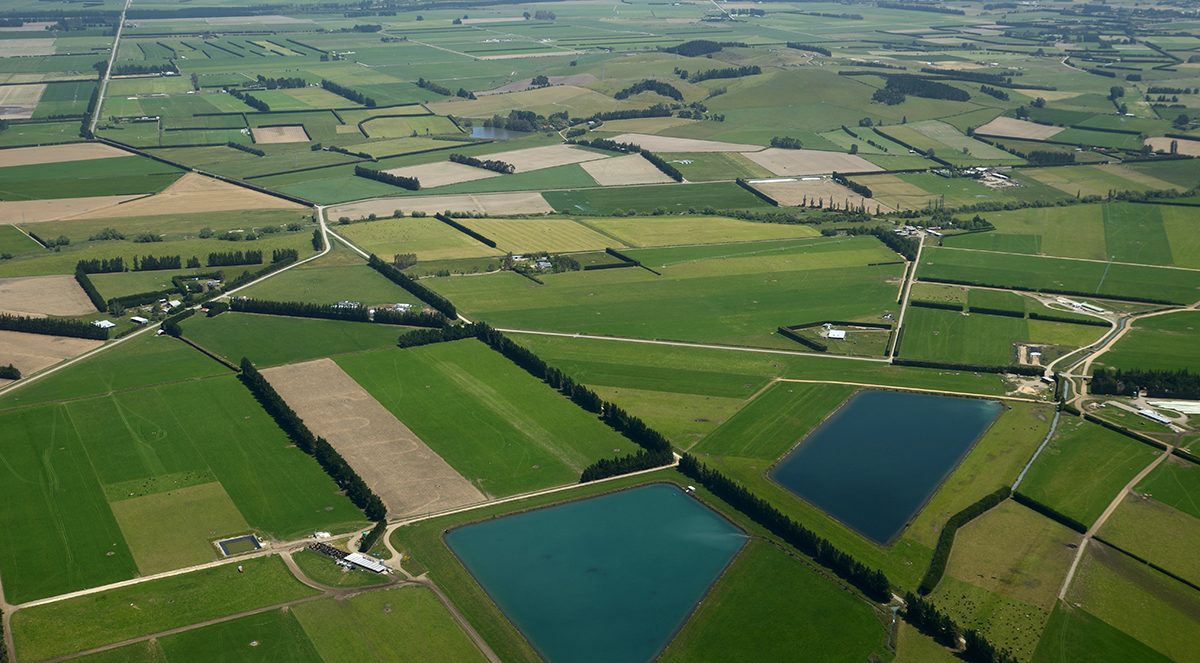Digital agriculture is creating a significant opportunity to enhance New Zealand’s primary industries, including economic, environmental, and social outcome, says AgritechNZ chief executive Brendan O’Connell.
He says the latest AgritechNZ report, released today, creates a baseline of digital adoption across the primary sector to better understand the motivations, pressures and barriers faced by farmers and growers in adopting new tools.
The research was designed to provide actionable insight for agritech businesses, industry groups and public agencies who seek to unleash the potential of digital agriculture and develop strategies to support farmers and growers.
“There is a deep richness in the findings and attitudes to digital adoption. A total of 59 per cent of the surveyed population lean towards the adoption of digital technologies,” Mr O’Connell says.
“But this is for very different reasons and with different pathways to participation depending on the mix of motivations, pressures, and barriers.”
Forty-one per cent of respondents saw little value in using digital technology to run their business.
Mr O’Connell says this is a high proportion, but was not unexpected considering knowledge levels are low, and the value of data sharing is still to be unlocked.
While there was a healthy population of trail-blazers across all sub-sectors and age groups, the willingness on the whole to adopt early was lower than outside the primary sector.
“Proudly traditionalist farmers and growers are reluctant to change what has worked for their land for many years.
“They may accept technology in the office or will tap into the expertise of contractors for specific jobs, the key though is that someone else is doing it.”
With regards to data sharing, 64 per cent of farmers and growers have confidence in the custodians of their data and 77 per cent are happy to share data where the data provides direct benefits to them.
“This is a seemingly positive result but is balanced by data that shows only half of farmers and growers are data sharing.”
The biggest barriers to data sharing revealed by the survey included farmers and growers disbelieving their data would have any value to anyone else.
There is a low recognition of the value in the data held on-farm and a difficulty in unlocking the value of shared data. There is also a lack of clarity around who would want the information and why.
“This is what can lead to confusion, mistrust and fear. Confidence comes from knowing who is using it and for what,” Mr O’Connell says.
The adoption or use of digital technology is highest in farm business management, such as accounts, payroll and health and safety solutions.
“This may be the entry point for digital technology on farms, with many tools having been around for a long time,” Mr O’Connell says.
Across the primary sector, the lower adoption areas are water, irrigation management, plant and crop management and effluent management.
Those with a higher need for precision in these areas, however, are showing higher adoption rates.
Operational areas with lower current adoption levels are also the areas with lower intended investment levels over the next two years.
“Tracking data over future survey points will provide valuable insights into how technology spend plans change with land use changes, policy changes and as the agritech market develops,” says Mr O’Connell.
The report was created as part of a study by AgriTechNZ and insights partner Research First, supported by Zespri, DairyNZ, FAR, the Fertiliser Association of New Zealand and the New Zealand Ministry for Primary Industries.
Source: Scoop












